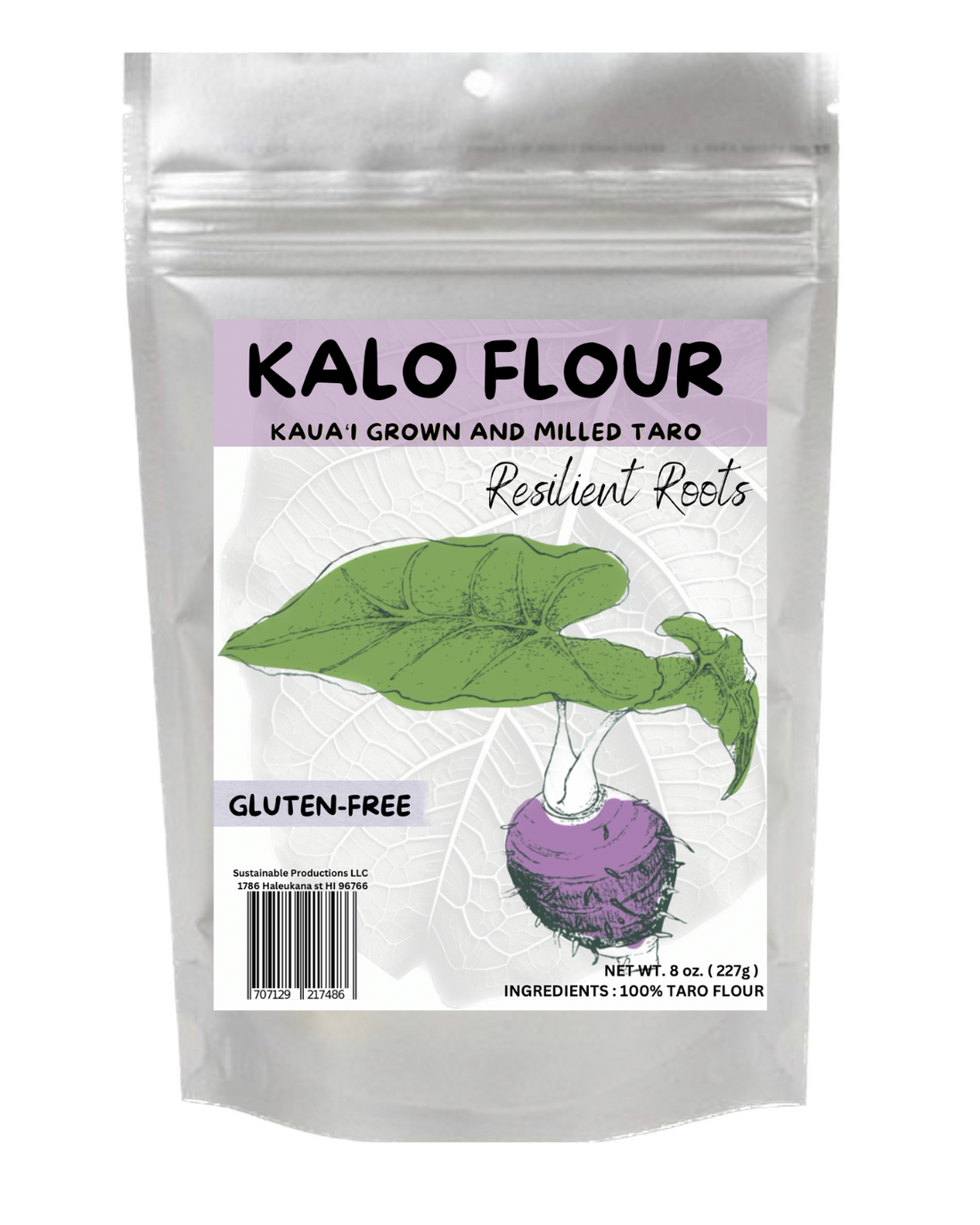As a rich source of nutrition and flavor, taro has found its place in many traditional cuisines worldwide. Recently, one derivative of this versatile root has been gaining recognition: taro flour. But what is taro flour, and how can you use it? Let's dive into the fascinating world of taro flour.
What Do You Do with Taro Powder?
Taro flour, also known as taro powder, is a gluten-free flour alternative made from dried and ground taro root. Given its unique texture and flavor, you can use it in various dishes, from baking bread, cakes, and cookies to thickening soups, sauces, and smoothies.
The mild, slightly sweet flavor of taro flour allows it to blend well with other ingredients, making it an exciting addition to your culinary adventures. Plus, it’s a great way to bring the health benefits of taro to your diet in a more accessible form.
What Is the Taste of Taro Flour?
Taro flour boasts a mildly sweet, nutty flavor that's quite distinctive yet subtle enough to meld with a variety of ingredients. Its flavor is reminiscent of the fresh taro root, but in a more concentrated form. It adds a depth of flavor to baked goods and an earthy note to savory dishes. This pleasant taste, coupled with its smooth, starchy texture, makes taro flour an interesting ingredient to experiment with in your kitchen.
Can Taro Flour Be Used to Make Noodles?
Yes, taro flour can be used to make noodles, and it does an excellent job at it! Taro flour noodles have a delicate, slightly sweet flavor, and a wonderfully smooth texture that's a joy to eat. Whether it's in a hot noodle soup or a cold noodle salad, taro flour noodles provide a unique dining experience. With taro flour, you can give a healthy, gluten-free twist to your favorite noodle recipes.
What Is the Importance of Taro Flour?
Taro flour's importance lies in its versatility and nutritional value. It's a rich source of dietary fiber, vitamins, and minerals, including Vitamin E, Vitamin B6, and manganese. Its high fiber content supports digestive health, while its vitamins and minerals contribute to overall wellbeing.
Moreover, taro flour is gluten-free, making it a great option for people with celiac disease or those following a gluten-free diet. It's also an excellent choice for those seeking variety in their cooking and baking, thanks to its unique flavor and texture.
Taro flour's significance extends beyond its culinary uses. By choosing taro flour, you're supporting sustainable farming practices and biodiversity. Fresh out of the farm, taro is a food source that supports local agriculture and contributes to sustainable food systems.
In Conclusion: Taro Flour, a Superfood Flour Worth Trying
From enhancing your favorite recipes to introducing new flavors, taro flour can do it all. Its nutritional benefits, culinary versatility, and the unique taste it lends to dishes make it a worthy addition to your pantry. Whether you're a seasoned cook or a baking enthusiast, taro flour can open up new avenues of culinary exploration.
Try substituting a part of regular flour with taro flour in your next baking project, or add it to your smoothies, soups, or sauces. The opportunities to experiment with taro flour are boundless.
Remember, every time you cook with taro flour, you're not just creating a delicious meal, but also contributing to a healthier planet and a more sustainable future. So why wait? Begin your journey with taro flour today!

